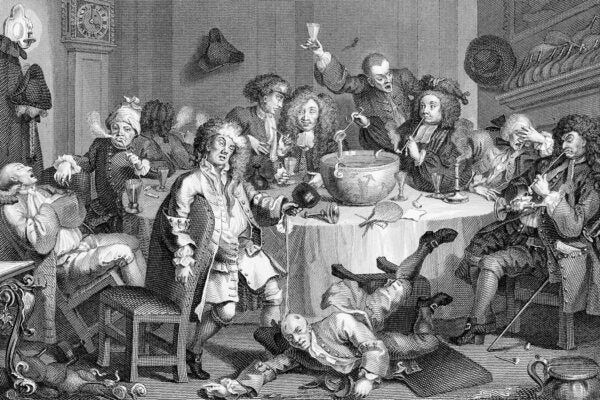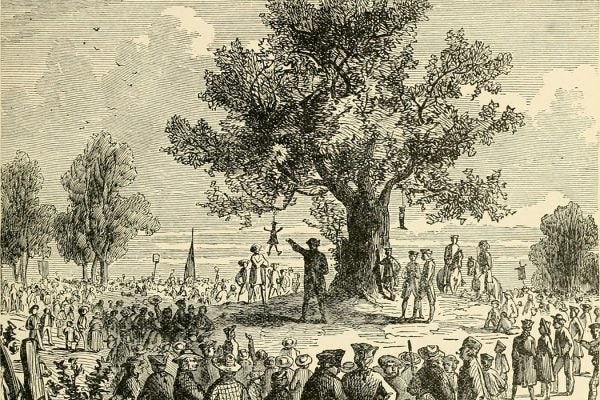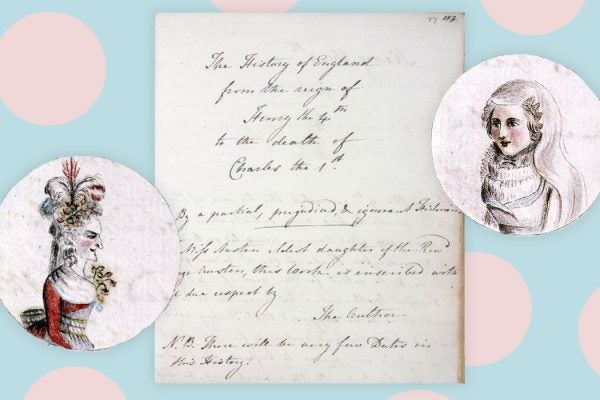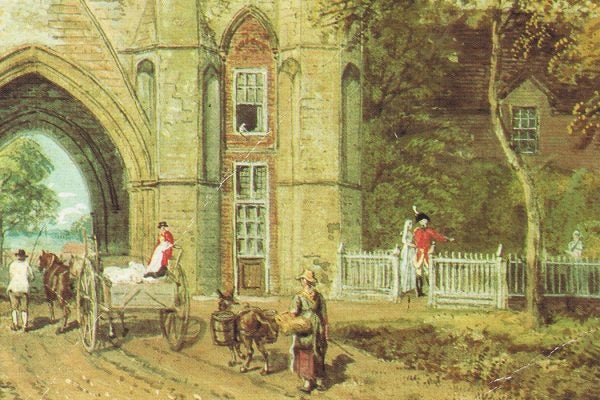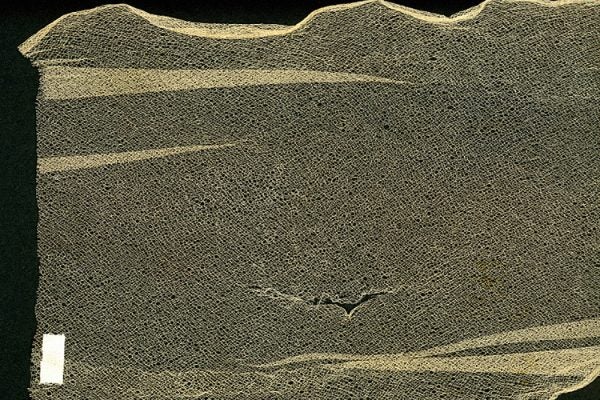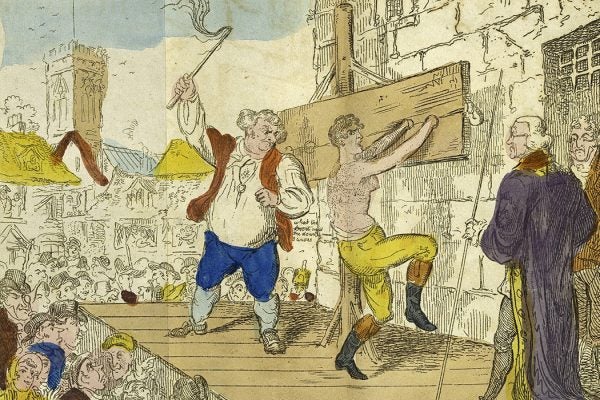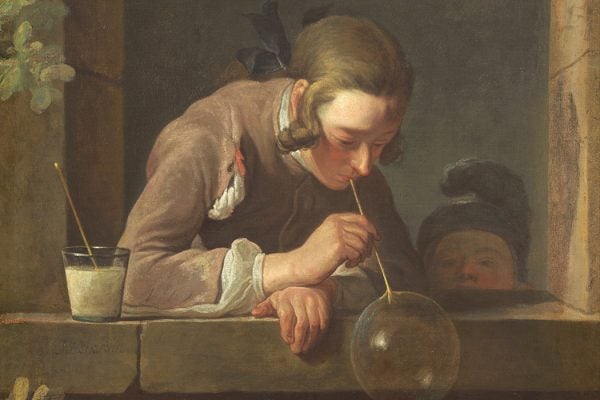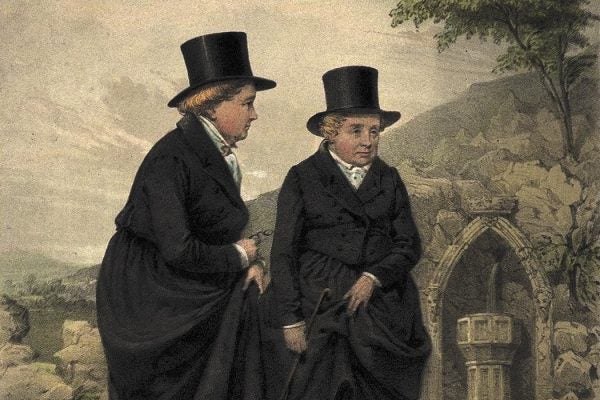The Shameless City
The discourse around police raids of so-called molly houses reflected the fear that London was a new Sodom where anonymity allowed people to be shameless.
The Letter That Helped Start a Revolution
The Town of Boston’s invention of the standing committee 250 years ago provided a means for building consensus during America’s nascent independence movement.
Jane Austen’s Mock History Book
Working with her sister, Cassandra, the teenaged Austen composed a satirical send-up of England's monarchs.
The Reading Abbey Girls’ School
This all-girls boarding school in England produced a generation of accomplished female writers in the eighteenth century.
The Unbearable Middle Passage
In the eighteenth century, doctors recognized melancholy as a disease endemic to groups forcibly displaced from their homes, particularly enslaved Africans.
Lacebark as a Symbol of Resilience
For the enslaved people of Jamaica, the lacebark tree was a valuable natural resource and a means of asserting one's dignity.
The Female Husband is So Eighteenth Century
Henry Fielding's novel, a fictional account of the life of Charles Hamilton, conflates vagrancy with sexual, gender, and religious deviance.
Return to Pirate Island
The history of piracy illustrates a surprising connection to democratic Utopian radicalism—and, of course, stolen treasure.
The Soap Bubble Trope
Throughout the history of philosophy, literature, art, and science, people have been fascinated with the shimmering surfaces of soap bubbles.
Who Were the Ladies of Llangollen?
Top hat connoisseurs, friends of princesses and poets, tchotchke models, dog lovers, cottage keepers...lesbians?
